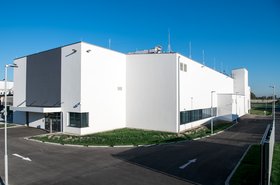The Swiss National Supercomputing Centre (CSCS) has switched off its Piz Daint supercomputer.
After more than a decade of use, the system went offline on January 23.
Piz Daint, a 27 petaflops Cray XC40/XC50 system, has been replaced with another HPE Cray system named Alps, based on the company’s Shasta architecture.
CSCS said Piz Daint was the first European system to combine large-scale hybrid CPU-GPU computing and for several years, the machine continuously ranked in the top 10 of the Top500 for several years. It was designed to support a wide range of scientific disciplines across fields including earth and environmental science, astrophysics and cosmology, materials science, and quantum chemistry.
In a post on LinkedIn, CSCS described the switching off ceremony as “an emotional moment for the staff,” adding “Piz Daint was an extraordinary system that ushered in a new era of supercomputing in Switzerland and Europe, enabling outstanding scientific discoveries.”
Piz Daint’s replacement, the 434.9 petaflops Alps, became operational in 2024 and ranked seventh on the most recent edition of the Top500 list of the world’s most powerful supercomputers. Comprised of 10,752 Grace Hopper Superchips, the system has been made available to the Swiss scientific community, including MeteoSuisse, which uses the supercomputer to power its weather prediction model.
CSCS was founded in 1991 and provides the research community, academia, and industry and business sectors with access to supercomputers. Located in Lugano and operated by ETH Zurich, the facility currently houses five supercomputers, including the AROLLA & TSA systems which together work for MeteoSwiss’s weather service.







